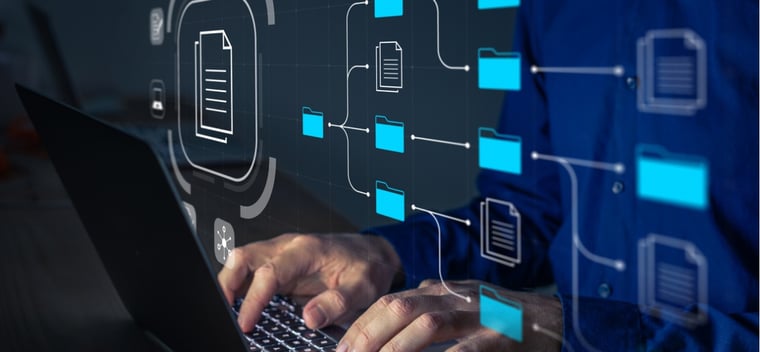If you're a software company venturing into a new market where a different language is spoken, you might wonder which documents need to be translated. The answer isn't straightforward, as it depends on various factors.
However, as a rule of thumb, you should aim to translate all essential documents required to establish your business in the new region. This approach ensures you're well-prepared for future expansion and inevitable product upgrades, which are part and parcel of the software industry.
At LinguaLinx, we are a Language Services Provider (LSP) that assists clients in the complex task of translating their software products and associated infrastructure.
We understand that from an outsider's perspective, translating software can seem like a daunting challenge. However, with the right LSP partner who views the project holistically rather than as a series of separate translations, this challenge can be effectively managed and overcome.
Now, let's delve into the three primary categories of software documentation that require translation.
3 Categories of Software Documentation that Require Translation
User Documentation
These are the documents that are written with some flair and flavor because they’re aimed at the people who’ll roll out the software and the end user who actually has to understand how to use it. They’re less technical and more user-friendly. They’re the shop front window, so they have to be appealing.
Why translate it? This is probably more obvious than the other two types of documentation. If you don’t translate the documents for your end user, how’re they ever going to understand it? How are they going to use it? How are they going to like it and want to work with your products again?
And for system administrators, they’ll need it translated, too, as it’s likely you’ll have hired locally, so your customer and business support is in the target language.
User documentation includes:
- Installation guides
- Reference manuals
- Troubleshooting manuals
- Tutorials
- User guides
Process Documentation
These documents outline the process that was undertaken to create the software. The testing, validation, any legal requirements and how they were handled, and even general business correspondence with suppliers.
It allows people in the project team to understand how the software was built, the technology behind it, the testing it went through and how the finished program was arrived at.
Why translate it? If your software needs future development, updates, fixes or new sections added to it down the line, then this documentation shows the source of the thinking behind it.
You might be going into a territory that requires an add-on to the software to suit that specific market. In order to localize into that territory, it might make sense to have a local team create the additions. You’ll want them to be able to follow, and copy, the processes that you established to build the initial software.
Process documentation includes:
- Business correspondence
- Meeting notes
- Project plans
- Reports
- Standards
- Test schedules
System Documentation
This is the overview of the software. It’s the documents for engineers and project members that allows them to understand the technology behind the software. This isn’t a roadmap of how it was built (that’ll be covered in the process documentation), but rather what the end result is.
Why translate it? You could argue that this documentation has the least need to be translated. Sure, some of the documents, such as help guides, are always worth translating, but you might think some of the other documents aren’t.
If your customers are considering buying your software in large quantities, or if you're expanding into a new market with a significant potential user base, there will inevitably be individuals in the procurement department who will want to evaluate the software to ensure it's a sound investment.
System documentation includes:
- Architecture descriptions
- Design decisions
- Help guides
- Program source code
- Requirements documents
Now, You’ve Done The Hard Work…
The list of documents within each of the three sections here is not exhaustive. A lot of documentation is bespoke and different software development calls for specific documents that will fall within one of these three areas.
But, if you’re reading this, it’s likely you want to know about translating software and you’ve probably done the hard work of creating the software itself.
The best advice is to partner with a good LSP that fits your business practices and values. They’ll look at your user, process and system documentation and advise you on how to proceed.
Get A Quote For Translating Your Software
In this article, we covered the key documents software companies should prioritize for translation, from user manuals and technical documentation to marketing materials and user interfaces.
Translating these essential documents ensures your global users can fully understand and engage with your software, no matter where they are.
At LinguaLinx, we understand the unique needs of the software industry. With our ISO 17100 and ISO 9001 certifications and 20 years of experience, we provide accurate, high-quality translations that meet the highest standards. Whether you need software localization, technical translations, or marketing content, we’re here to help.
Contact us for a free, no-obligation consultation. Let LinguaLinx be your trusted partner for all your software translation needs, ensuring your message is clear, consistent, and ready for the global market.







